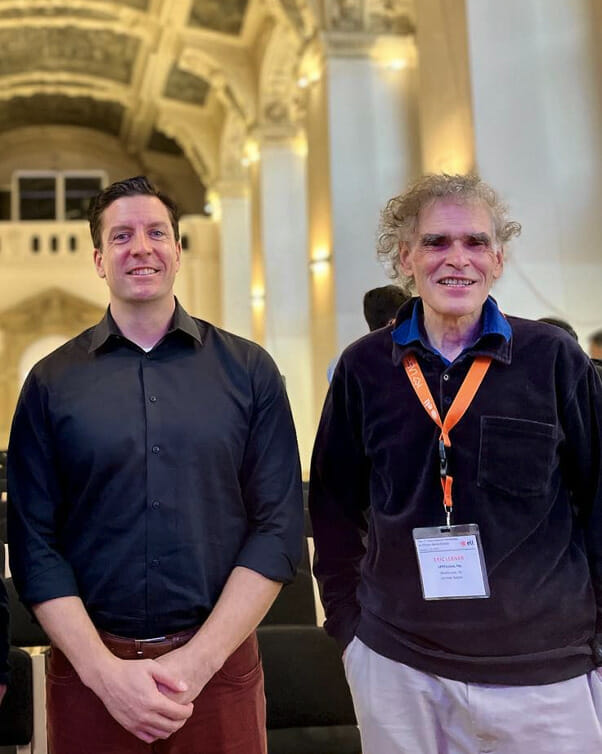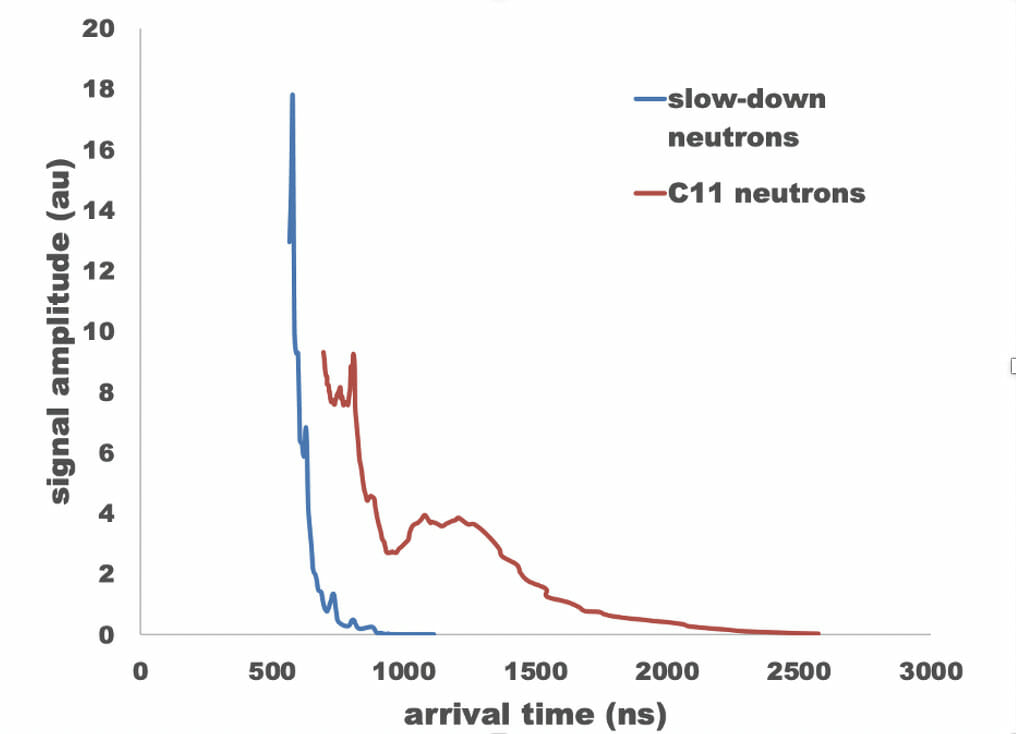LPPFusion’s Chief Scientist Eric Lerner gave one of only eight invited presentations to the Prague conference, a recognition of our work as among the leaders in the field. While we had hoped to present the earliest results from firing our experimental fusion device, FF-2B with pB11 fuel, Lerner reported that we were not quite ready yet. We have completed installation of the bubbler that allows safe emissions form the vacuum chamber. As reported earlier, we are using the compound decaborane, which is toxic, as the source of hydrogen and boron for our experiments. Fortunately, when bubbled through water, decaborane breaks down into harmless boric acid and hydrogen gas. But decaborane needs to be somewhat heated to produce the vapor needed to fill the chamber, and the heating system is not yet complete.
Lerner’s report on the use of decaborane stirred considerable interest at the conference. Decaborane is one of a class of compounds (the boranes) that consist of only hydrogen and boron. This makes them efficient fuel for pB11 fuel, since all the gas consists of nuclei that can participate in the fusion reactions. Other researchers at the conference had been avoiding the boranes due to their toxicity and using other compounds, such as plastics, which contain many non-reacting elements like carbon and nitrogen. However, Lerner explained that the toxicity level of the boranes was quite modest and easy to neutralize, provoking excitement over these compounds as superior alternatives. By the end of the conference, questions about the possible use of boranes had become so common after many presentations that a chairman jokingly asked a presenter—and “of course, what are your plans for using boranes?”
LPPFusion has just begun preliminary tests with gas mixes, Lerner explained, aiming to find the optimal conditions that can lead to hydrogen-boron fusion. The idea is to first find gas mixes that lead to high temperature and density in the plasmoids and then introduce a small amount of decaborane into the mix. In this way, initial experiments will not be using large amounts of our 100-gm supply of decaborane and we will have more flexibility in choosing initial conditions. To get the correct conditions, the hydrodynamic (fluid-flow) forces that help form current filaments must exceed the electrical resistance forces that disperse the filaments. The current filaments are an essential step toward compressing the fuel gases into the dense hot plasmoids where fusion reactions take place.

LPPFusion’s Lerner with TAE’s Dr. Robert Magee, another invited speaker, at the 3rd Proton-Boron Fusion Workshop
Lerner outlined LPPFusion’s plans for detecting the proton-boron reactions once we get them to occur. The products of each proton-boron fusion reaction are three helium nuclei, also called alpha particles (because they were the first nuclear particles identified). The problem for detection is that alpha particles, being charged, can’t penetrate through more than a thin layer of material. But in the DPF the plasma is sufficiently energetic that an electronic alpha particle detector inside the vacuum chamber will likely be rapidly destroyed.
Instead of detecting alpha particles directly, the LPPFusion team will rely on neutrons and short-lived radioactive material produced by two side reactions, even though these side reactions only involve a few tenths of a percent of the energy of the main reactions. One side reaction occurs when alpha particles produced by the main reaction undergo a second reactions with the boron nuclei, producing a neutron and a nitrogen nucleus. These neutrons easily penetrate the chamber walls and can be detected by our instruments. A second reaction occurs relatively rarely between the highest-energy protons and boron nuclei producing radioactive carbon-11 and a neutron. The radioactivity from the carbon 11 which has a half-life of only 20 minutes, can easily be detected from the gamma rays it emits, which again can travel through the chamber walls as can the neutrons from this reaction. The combination of the two measurements can unequivocally measure both the number of main fusion reactions and the temperature of the plasma. (Fig.1)
At the end of the presentation, Lerner invited other researchers to join in two new simulation collaborations. One aims at simulating the quantum magnetic field effect that LPPFusion has shown is of great importance in pB11 fusion, including in laser-driven fusion. A second is for simulating plasmoids at all scales, from the sub-atomic to astrophysical, including the tiny plasmoids produced by dense plasma focus devices. At the conference, a researcher from a new fusion company, Marvel Fusion, expressed interest in the first collaboration and we expect more researchers to join in both efforts.

Figure 1. Simulated signals show what we expect from our sensitive PMTs (photomultiplier tubes) when we get pB11 reactions. The signal amplitude is plotted against the arrival time of the signal, the smaller the arrival time, the faster the neutron and the higher its energy. The blue line plots the neutrons arriving from alpha particle slowing down in the plasma and reacting with boron nuclei. The red line shows neutrons from the production of carbon-11. Both sources only amount to a fraction of a percent of the main reactions, so are not a safety concern. But together they allow calculation of the number of main fusion reactions and of the temperature of the plasma.
